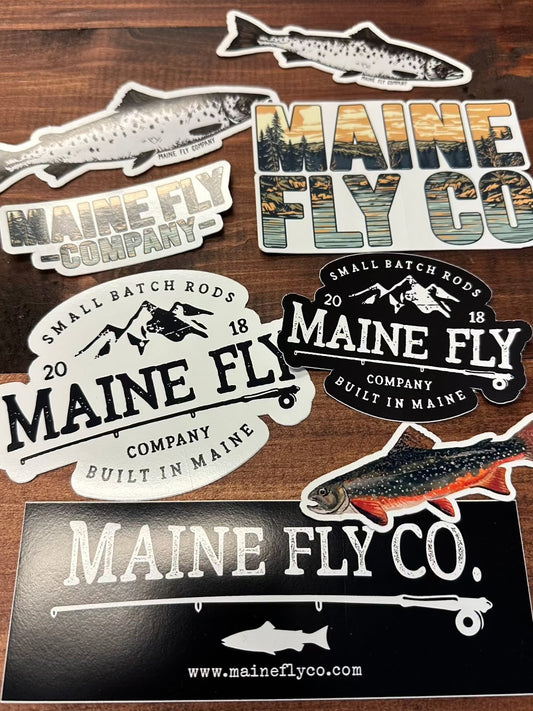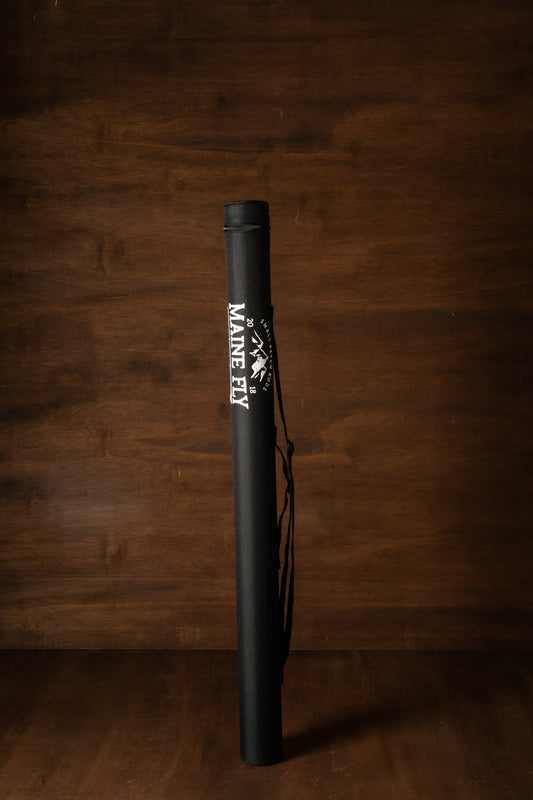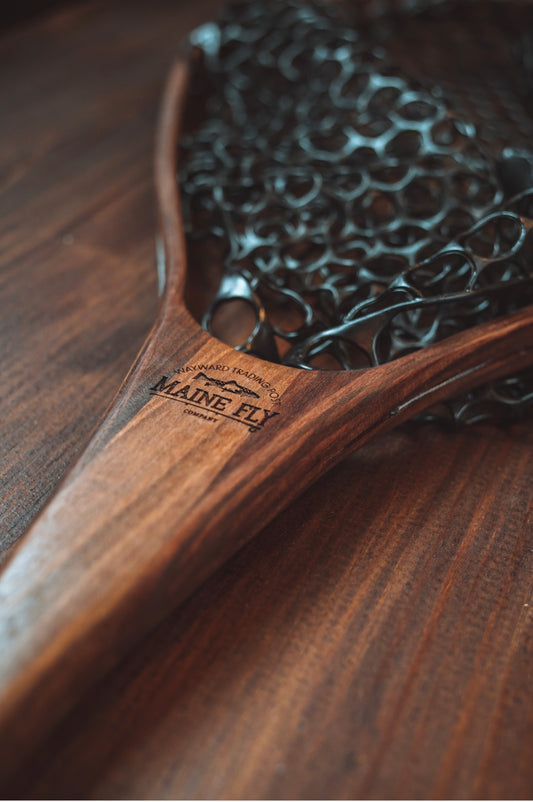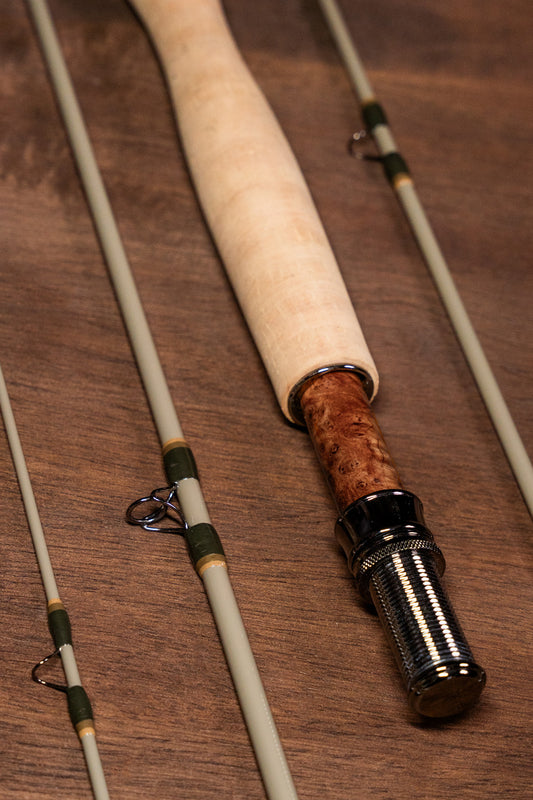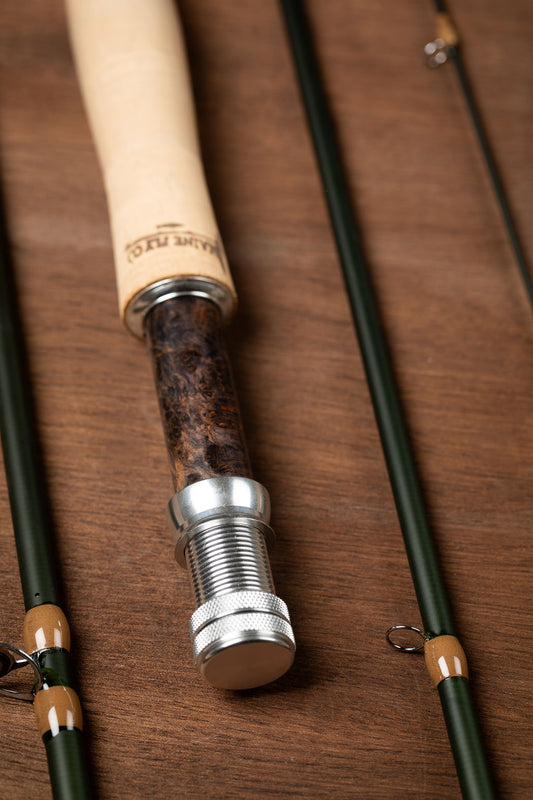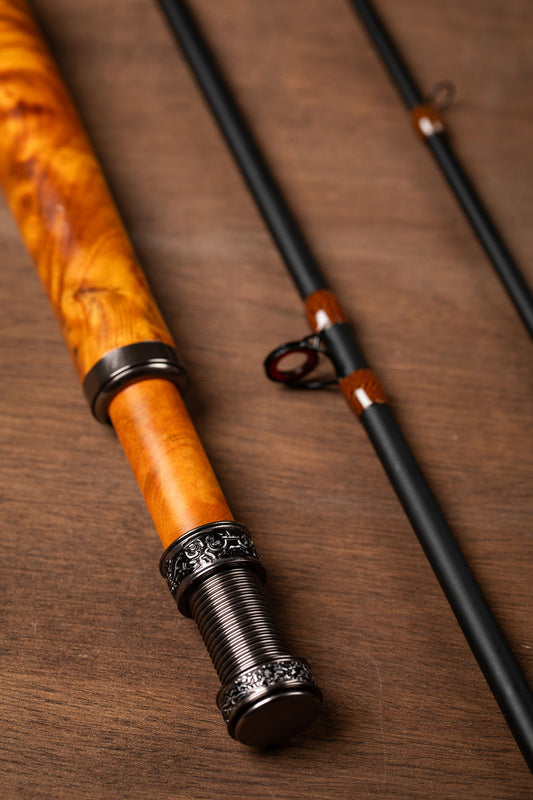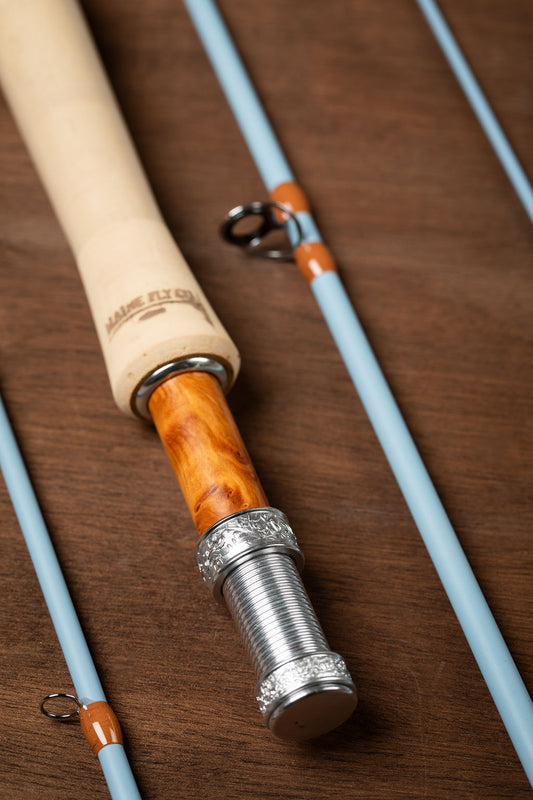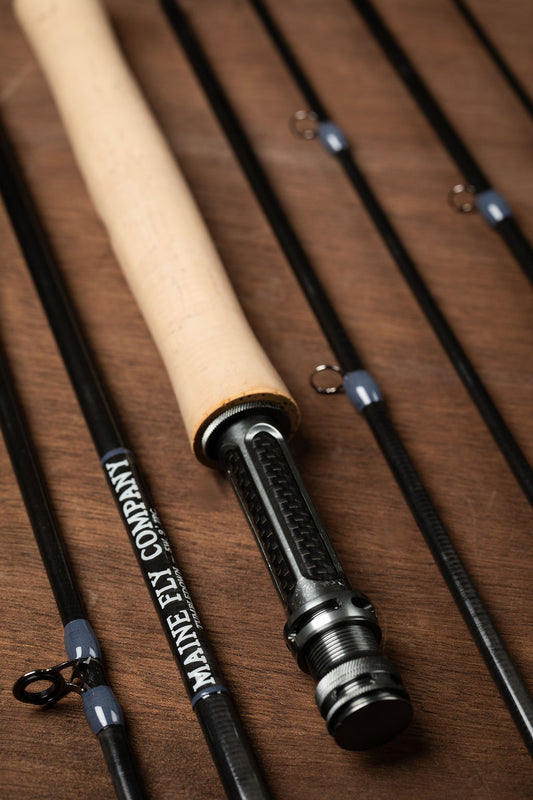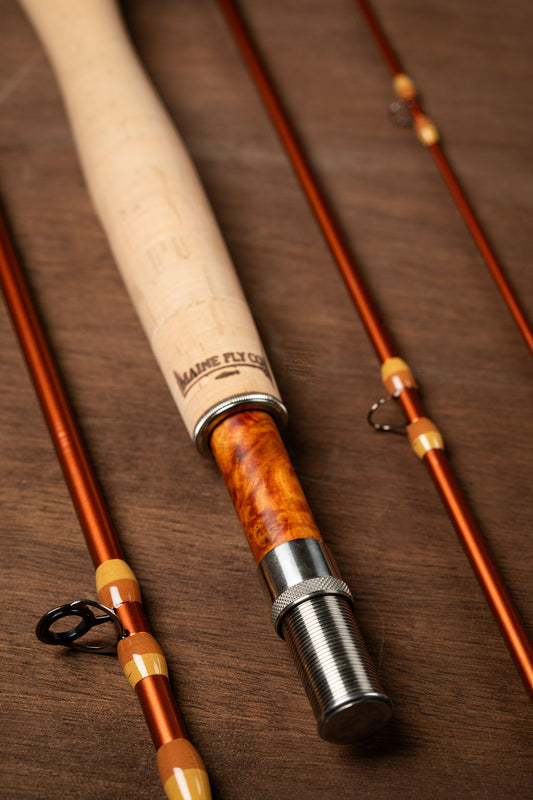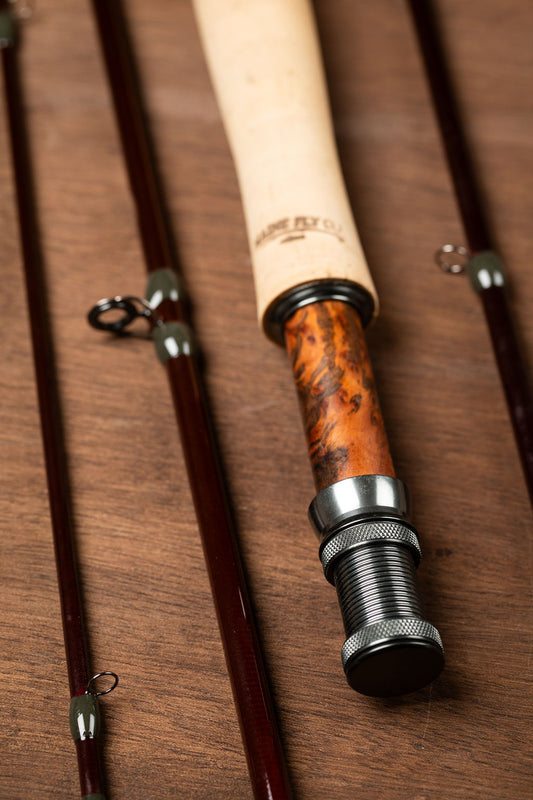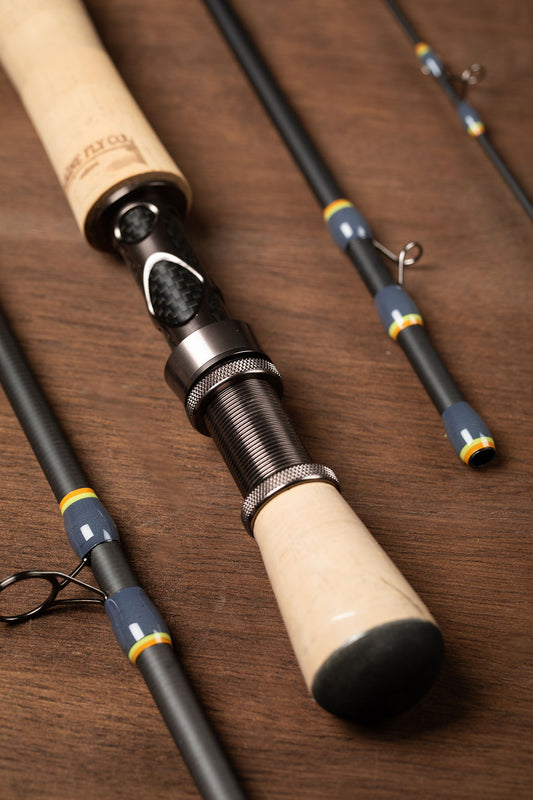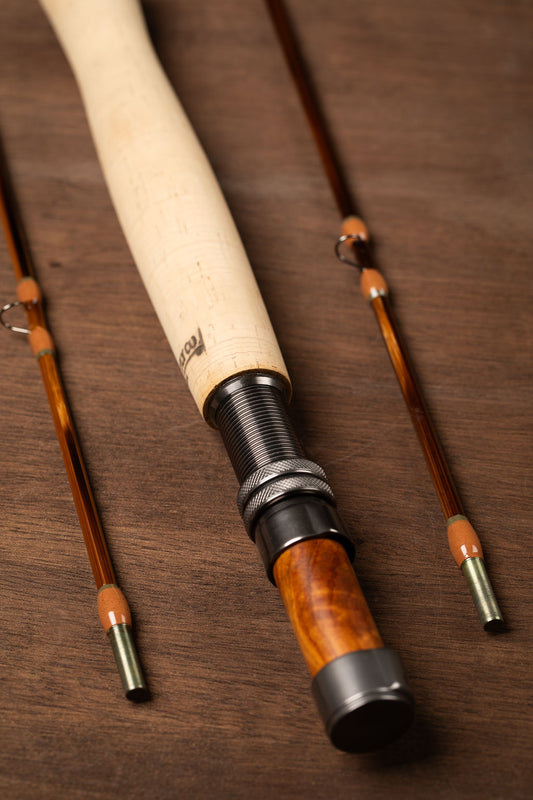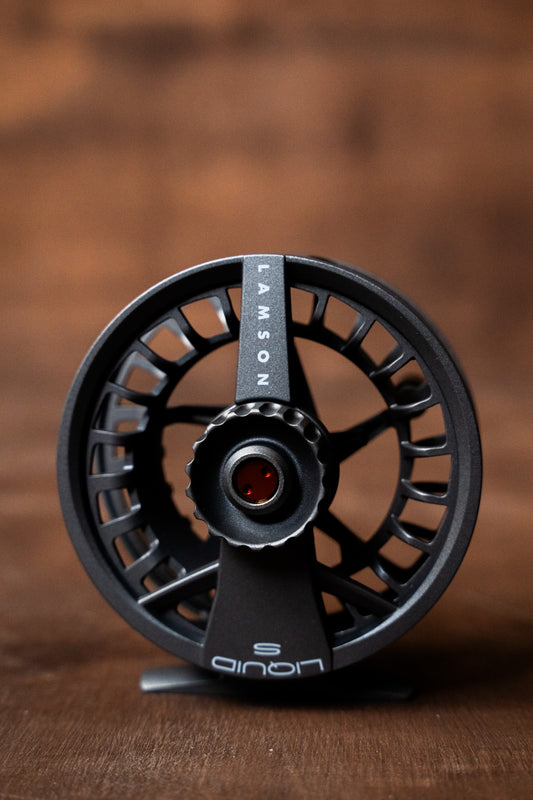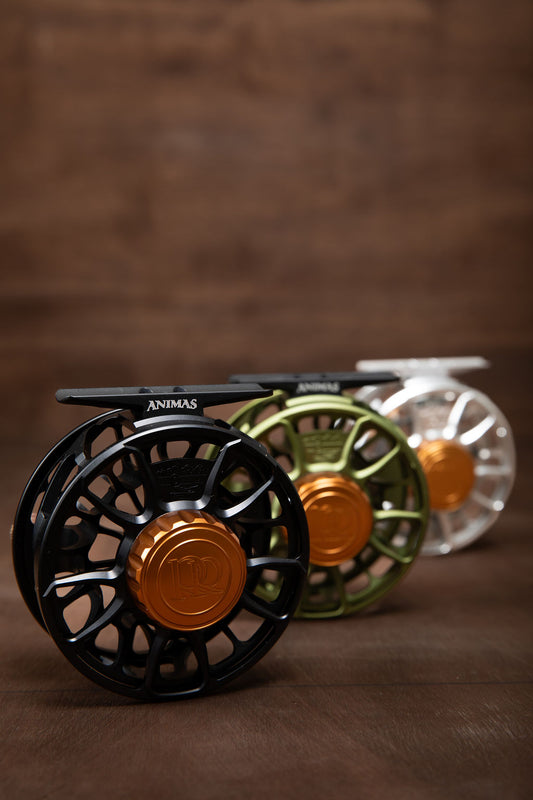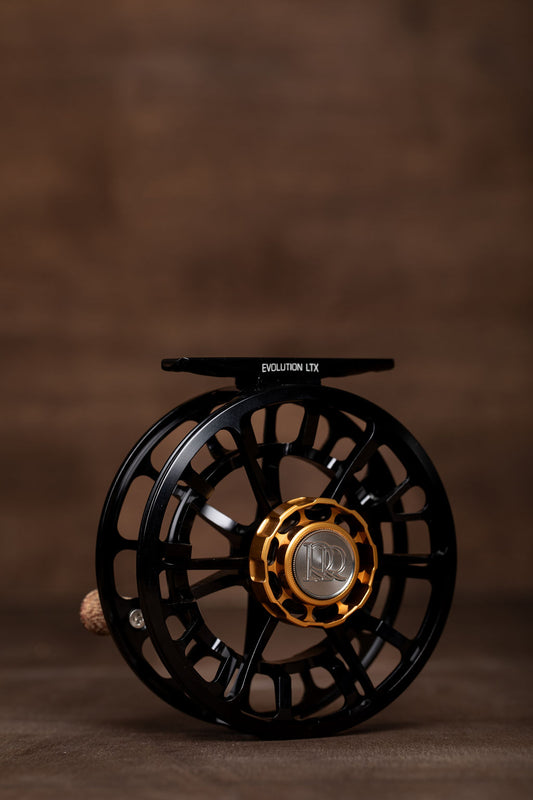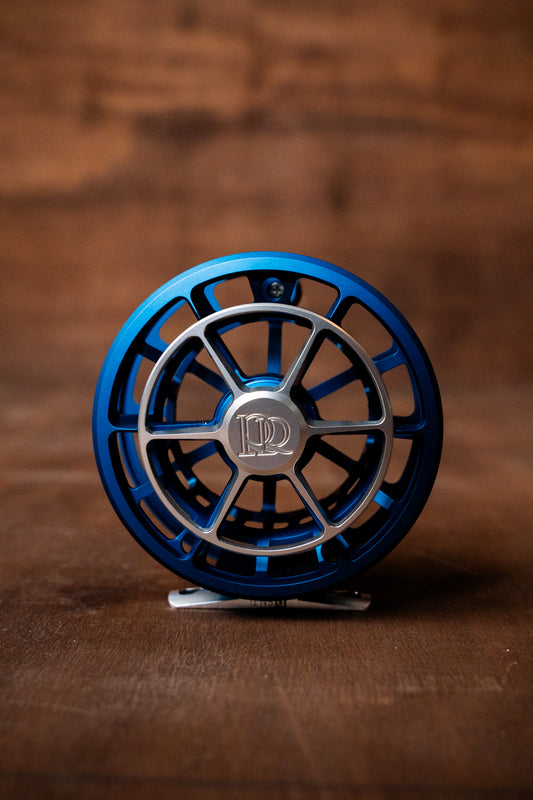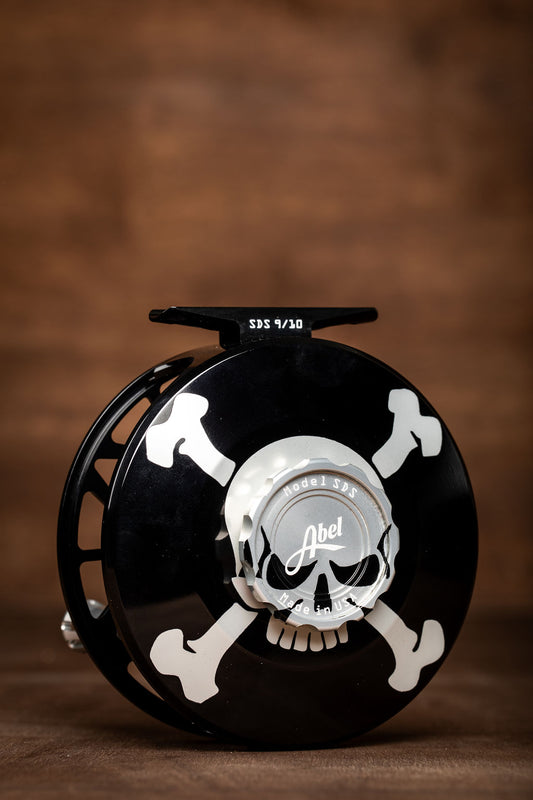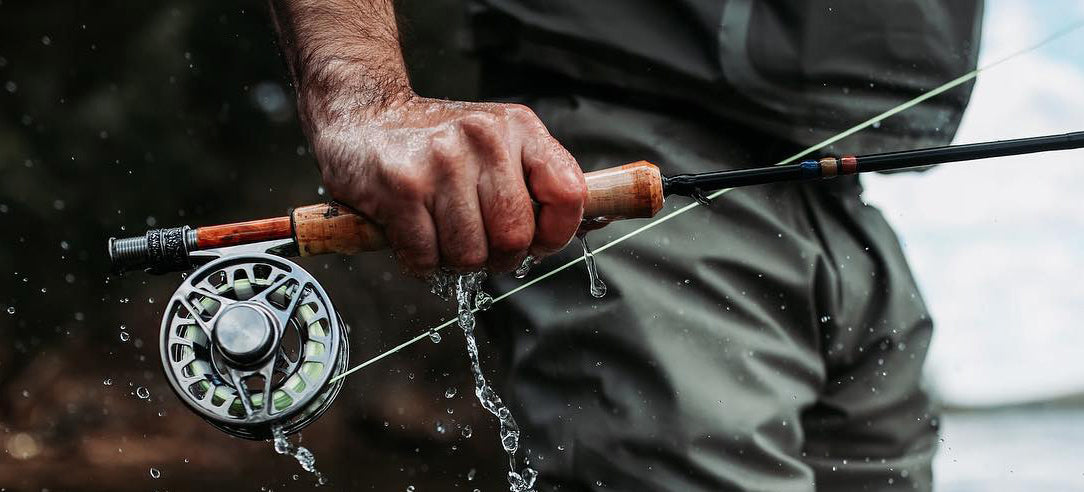The best-selling #1 rated fly rod roof rack in the world
Considered to be The Best Fly Rod Roof Rack on the Market. The River Quiver sports superior functionality and strength in all its details and at the same time conceals its technological superiority within a sophisticated exterior design.
The River Quiver is understated, sleek and timeless. It compliments all vehicles from the roughest off-road truck to a shiny luxury SUV to a fleet of professional fly fishing guide or fishing outfitter vehicles.
WHATS INCLUDED:
- Standard Length River Quiver
- Reel Box Pads
- River Quiver Keys
- Top and Bottom Coupler Bolts
- Mounts and Hardware
- QR Card Installation Guide
- Installation Multi-Tool
Specs:
- Length: 10'5 3/4" (accommodates rods up to 10'4")
- Width: 2-Banger 8"
- Height: 7.4”
- Height off Crossbar: 3 3/8" - 6" Depending on Mounts
- Weight: 2-Banger 22 lbs
Features:
- Versatile Mounting Solutions
- Holds rods up to 10' 4" length
- Holds rods and reels up to 12 weight capacity
- Lined with polypropylene liner to protect rods in transit
- T-track on top and bottom of extrusion for mounting
Security - High-security tongue and groove joint makes it almost impossible to break or enter the reel box. Made with AES polymer, this design resists all attempts at destruction.
Ease of Use - Side-swing door with a unique “hold-open hinge” makes a huge difference to the functionality and enjoyment of owning the best fly fishing equipment you can buy.
Strength - Our design is able to withstand shock, wind &, impact loads while still being lighter to install and less load on your vehicle.
Not all rooftop fly rod holders are equal. River Quiver is the #1 choice of fishing guides, outfitters and retailers. These are professionals who fish every day and choose the best equipment available!
Designed & Assembled in Boulder, Colorado





























